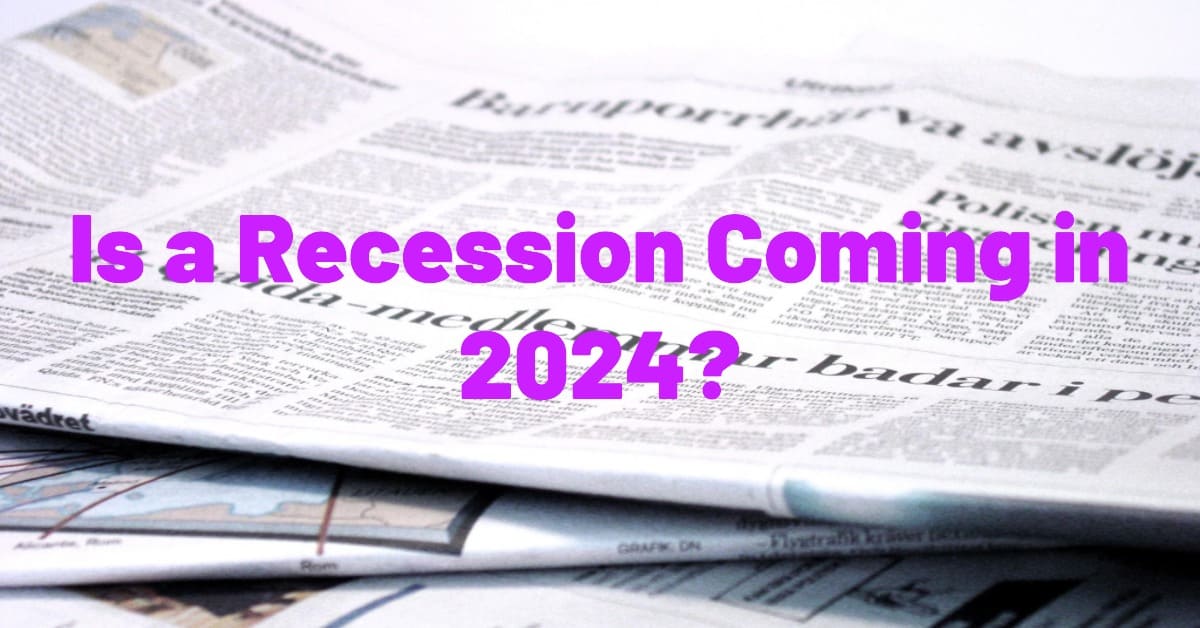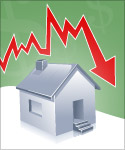The question of whether the global economy will face a recession in 2024 is not an easy one to answer. There are many factors that can influence the economic outlook, such as interest rates, inflation, energy prices, trade tensions, geopolitical risks, and the impact of the COVID-19 pandemic. However, based on the current data and projections from various sources, we can try to assess the likelihood and severity of a potential downturn in the next year.
Economic Outlook and Projections
According to a survey by the World Economic Forum, 60% of chief economists expect the global economy to weaken in 2024, due to elevated interest rates, higher energy prices, and a slowdown in the world's two largest economies, China and the U.S.. However, most economists do not foresee a global recession, but rather a moderation of growth. Some regions, such as Europe and the UK, may face “mild recessions” due to structural issues and Brexit uncertainties.
U.S. Economic Landscape
The U.S. economy, which has been leading the global recovery from the pandemic-induced slump, is also expected to slow down in 2024, as the fiscal stimulus fades and the Federal Reserve tightens its monetary policy to combat inflation. The Fed has already raised its benchmark interest rate four times this year, and signaled two more hikes in 2024. Higher interest rates tend to dampen consumer spending and business investment, as well as increase the cost of servicing debt.
However, not all analysts are pessimistic about the U.S. outlook. Some argue that higher interest rates have not significantly impacted consumer spending yet, which accounts for about 70% of the U.S. GDP. Consumer confidence remains high, supported by strong job growth, rising wages, and robust household savings. Moreover, some sectors of the economy, such as housing and manufacturing, may benefit from higher interest rates, as they signal stronger demand and inflation expectations.
Probability of U.S. Recession
The probability of a U.S. recession in 2024 varies widely depending on the source and methodology. The Federal Reserve staff estimates that there is no chance of a recession in the next 12 months, while the yield curve model by the New York Fed suggests that there is a 61% chance of a recession in the same period. The yield curve model is based on the historical relationship between the spread between long-term and short-term Treasury yields and recessions. A negative or inverted yield curve, where short-term rates are higher than long-term rates, has preceded every U.S. recession since 1959.
Other sources have different estimates of the U.S. recession risk. A survey of economists by Wolters Kluwer shows that 48% of them expect a recession in 2024, while a survey of consumers by The Conference Board indicates that 69% of them think that a recession is likely in the next year. Among Wall Street firms, Goldman Sachs gives a 15% probability of a recession in 2024, while Bank of America assigns a 35-40% likelihood. Among CEOs, 84% of them are preparing for a recession in the next 12-18 months.
Thus, there is no definitive answer to whether a recession is coming in 2024 or not. The global economy is facing many challenges and risks that could derail its growth momentum or trigger a downturn. However, there are also some positive factors and opportunities that could support or boost economic activity.




